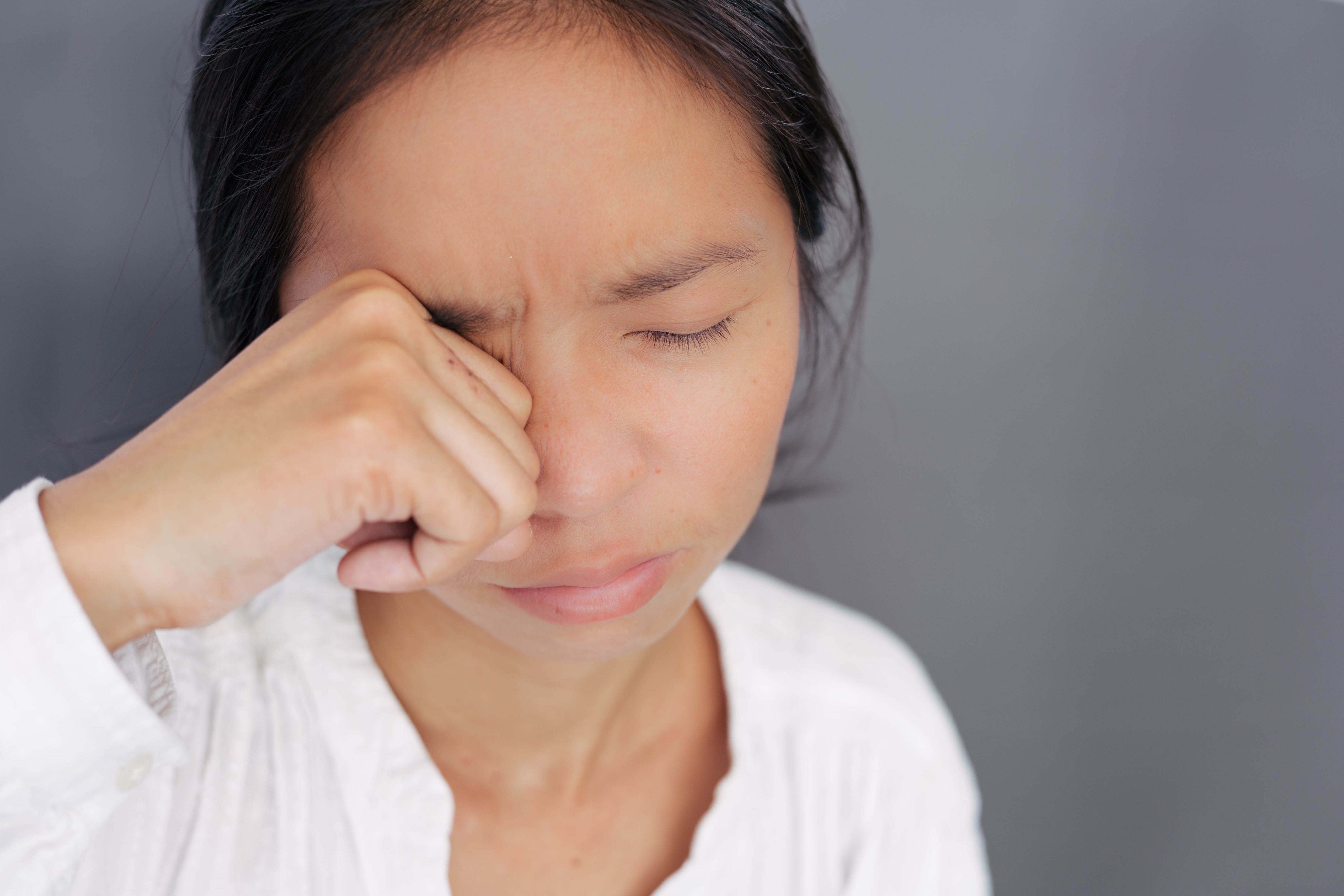
Dry eye occurs when the eyes do not make adequate tears or when tears fail to work correctly. It can leave the eyes feeling uncomfortable and can result in vision problems. If your eyes feel scratchy or dry, visit your eye doctor at Westchester Eyes for a diagnosis. The doctor can determine if you have dry eye and recommend the best treatment. Dry eye can affect anyone but is most common among the elderly.
Dry Eye Symptoms
Common symptoms of dry eye include:
Dry, irritated eyes
Eye redness or sore eyes
Burning sensation
Itchiness
Foreign body sensation
Excessive tearing
Eyelid discomfort or inflammation
Blurriness
Diagnosing Dry Eye
The doctor will assess the symptoms during the diagnosis, considering the severity. The doctor will then determine the most appropriate diagnostic tests. The tests will help rule out other possible conditions causing dry eyes.
Schirmer's Test
The most common dry eye test is Schirmer's test. It helps determine whether the eyes produce adequate tears to retain moisture. The test involves a strip of medical paper placed inside the lower eyelids. The patient closes their eyes, allowing the strip to absorb tears. After five minutes, the doctor will examine it to see how far the tears have moved. It helps indicate the water present in the tear film.
TearLab
A TearLab test helps assess tear osmolarity or tear saltiness. Low and stable osmolarity across both eyes helps ensure they remain moist and healthy. A TearLab device helps assess the makeup and osmolarity in a sample of tears.
Healthy tears contain a balance of water, salt, and oil. If the tear quantity or quality is reduced or the osmolarity is too high, it can damage the eye surface. It can result in dry eye syndrome.
Tear Breakup Time (TBUT)
A TBUT test helps examine the time it takes for tears to evaporate (tear breakup time). When tears evaporate too fast, they fail to lubricate the eyes, causing dry eyes. The doctor uses sterilized blotting paper to touch the eyes during the exam.
The paper contains a fluorescent orange dye that spreads and coats the tear film covering the cornea. Blue light is used, helping the tears glow and allowing the doctor to track the evaporation rate. It also helps detect corneal damage.
Phenol Red Thread Test
The test helps evaluate the volume of tears. It can help assess whether the aqueous layer is diminished. When this happens, it can affect how tears spread across the eye surface, causing dry eyes.
The doctor will place a thin red thread over the eyes. It will help determine the tear amount produced within a few seconds. The doctor will compare the results of both eyes to determine if the patient has dry eyes.
LipiScan
A common cause of chronic dry eye is meibomian gland dysfunction (MGD). Assessing the health of the glands is essential. LipiScan is a device that helps with diagnostic imaging by producing high-resolution digital images of the meibomian glands.
The imaging allows doctors to determine if the glands are healthy, dilated, blocked, or atrophied. It can provide information on the quality of the oil produced by the glands.
For more on dry eye diagnosis, visit Westchester Eyes at our White Plains, New York office. Call (914) 732-1732 to schedule an appointment today.








